Throughout my A-Level studies in Bournemouth School we were taught C# through WinForms. These projects
show the progression in my skills within the language, from basic data structures to the classic connect 4 game.
Noughts and Crosses
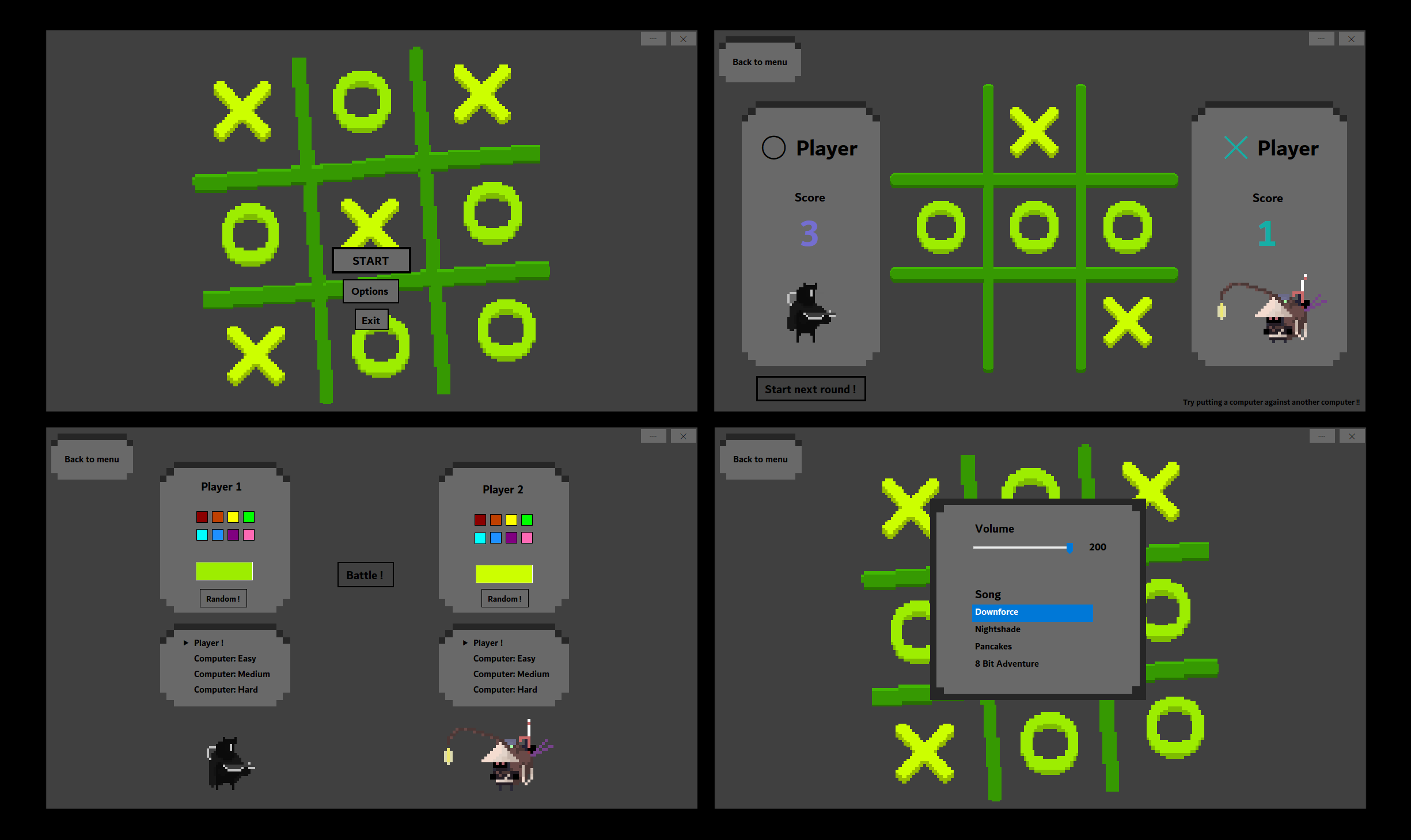
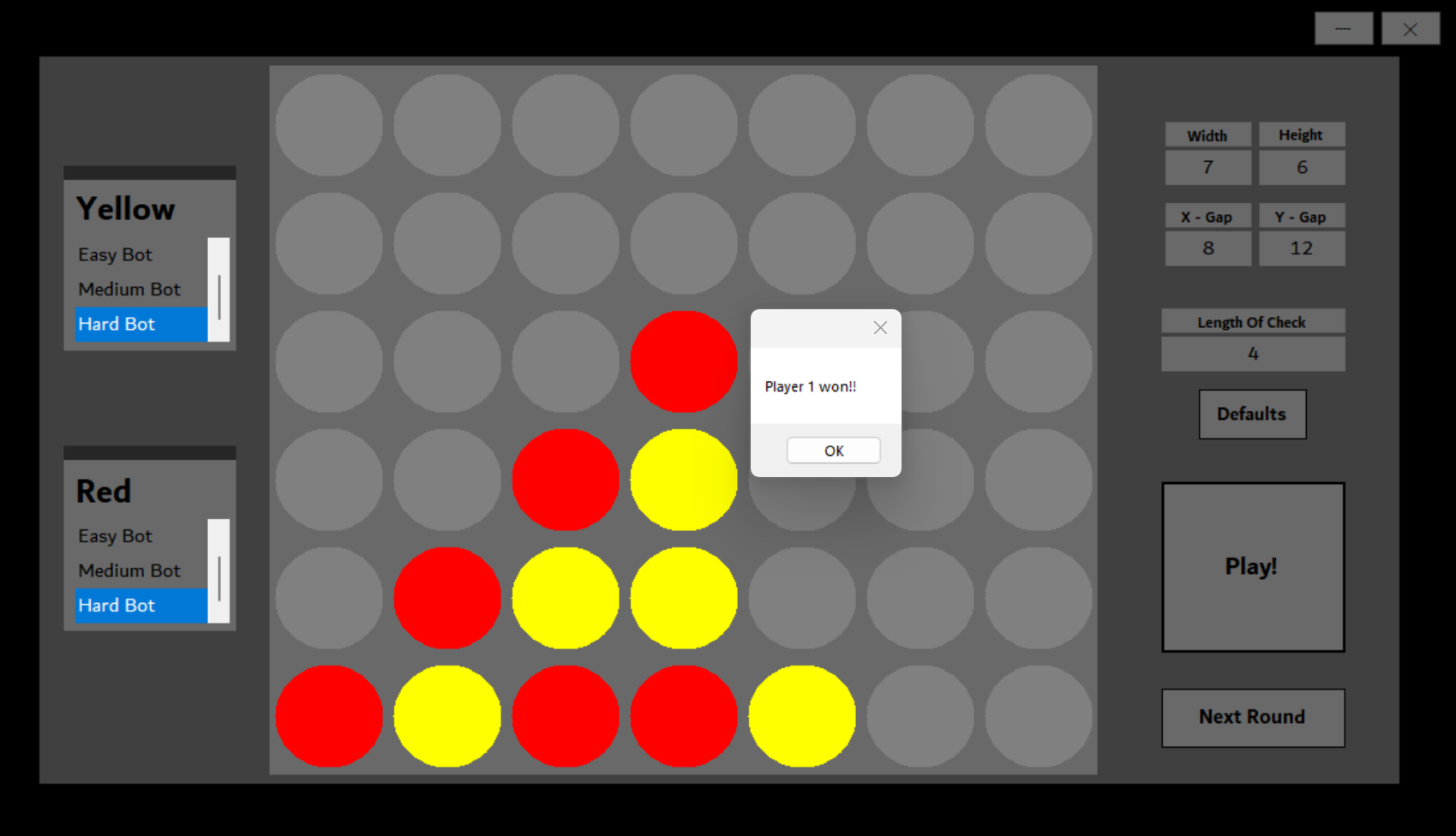
This program presents a classic connect 4 game to the user with a twist. The grid size and number of counters in a row needed to win can all be altered. Also includes bots of different difficulty via a weighted grid method.
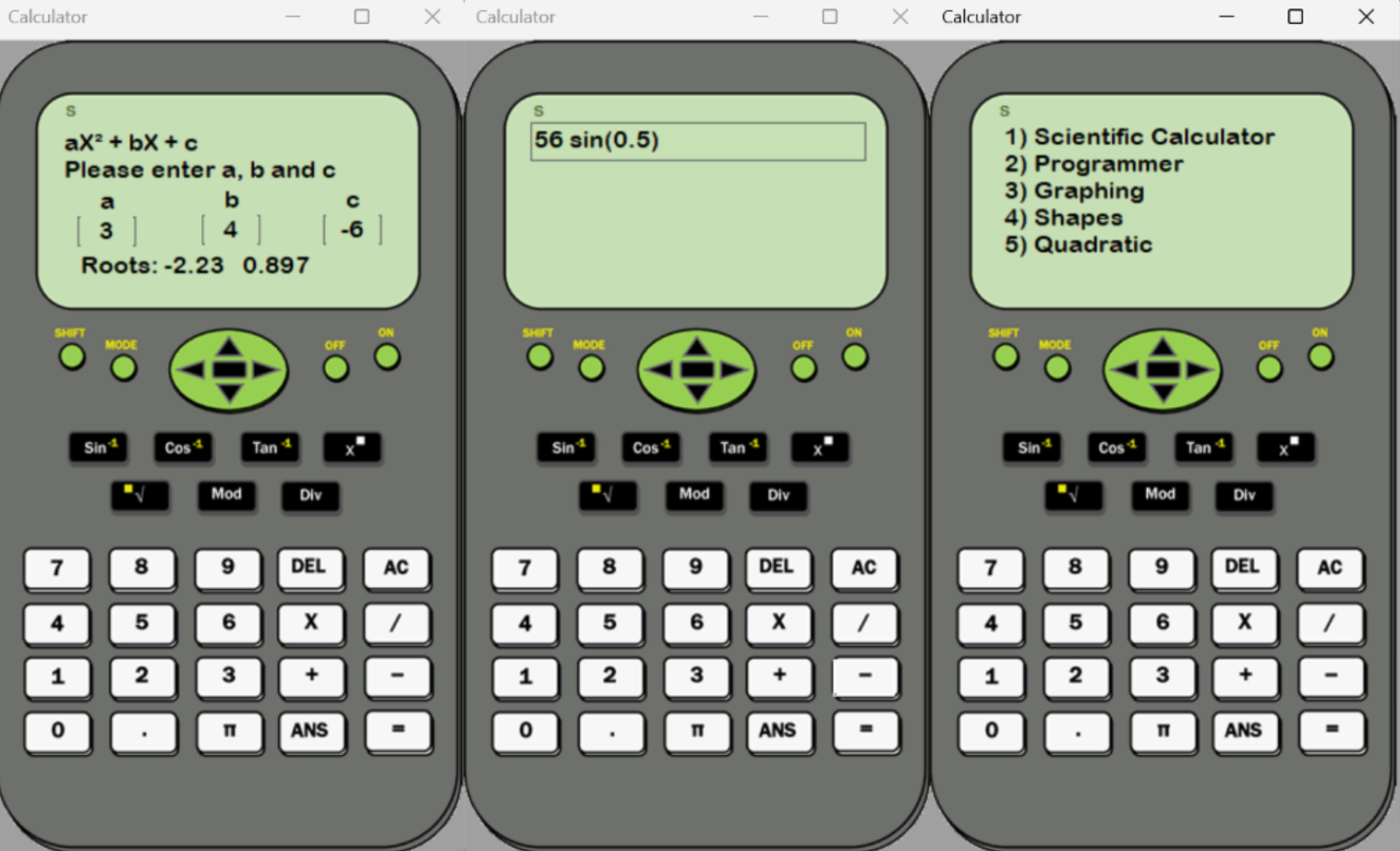
This calculator project was the culmination of our skills we aquired through the first 6 months in to computer science A-Level. This involved validating inputs, making use of various maths functions and creating a graphically pleasing GUI.
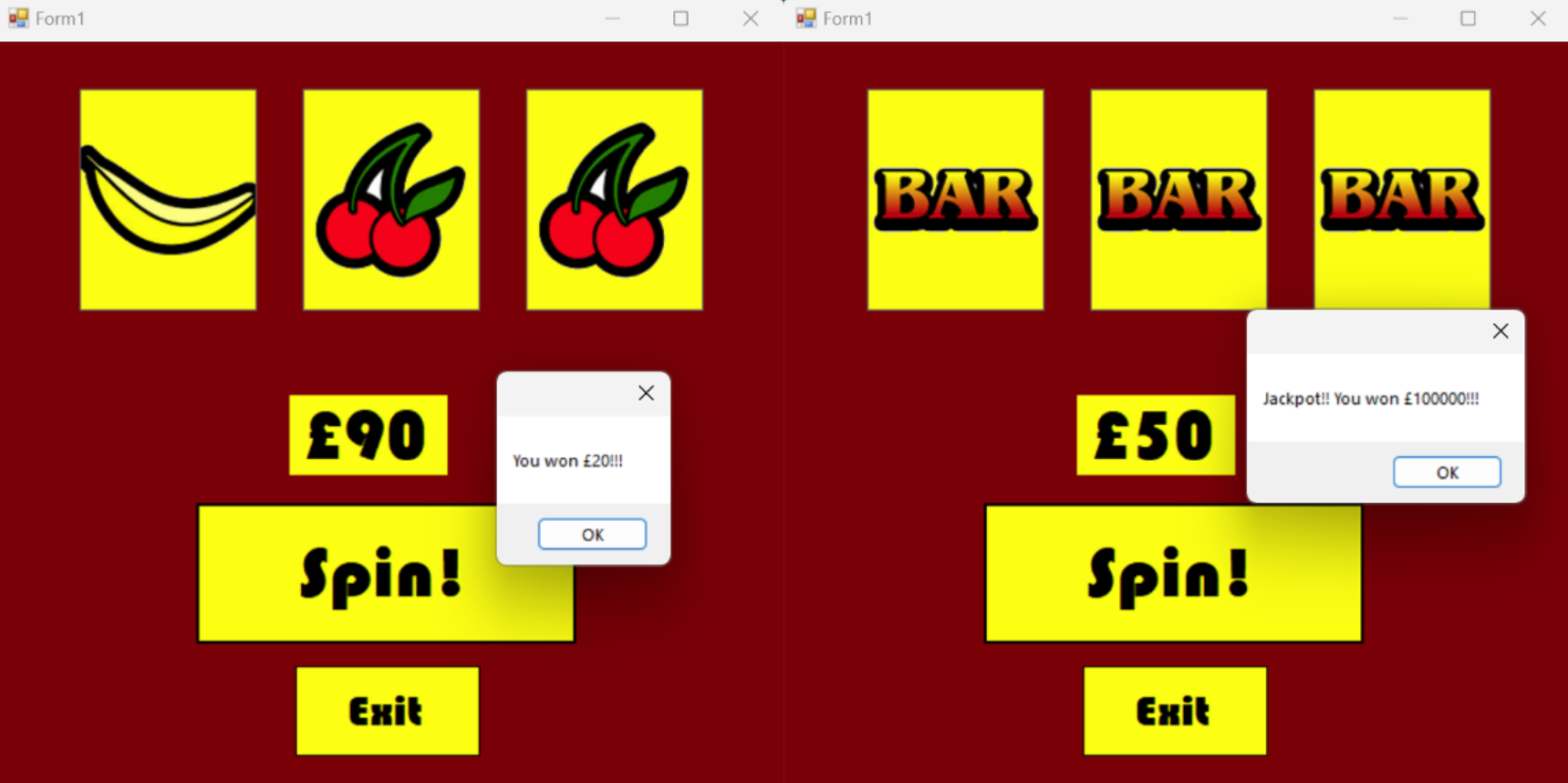
In this project the user will spend £10 to 'spin', then the fruit machine images will randomly display and the user will win varying prizes depending on their roll.
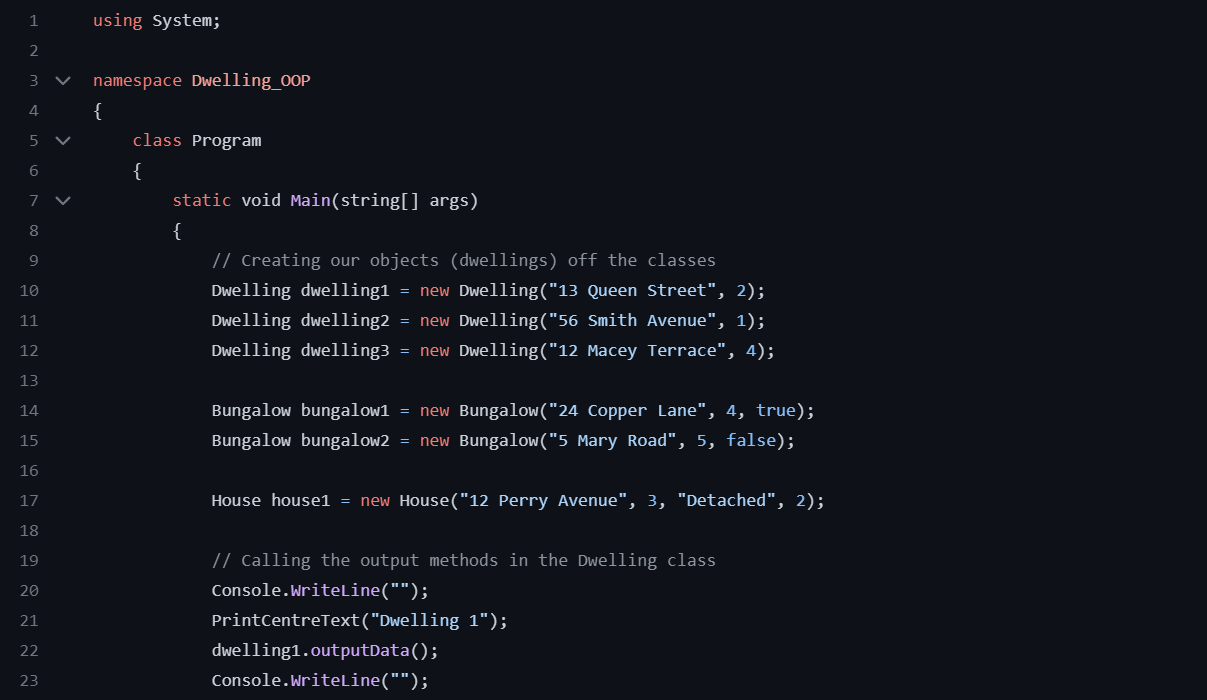
An example of OOP. Child classes 'House' and 'Bungalow' inherit from 'Dwelling' and, using different methods,
will output varying data. This program was my first attempt using all OOP features: abstraction, inheritance,
polymorphism and encapsulation.

This small project was introducing the 'graphics window' attribute in WinForms, and practicing my general coding skills by randomly producing circles on the graphics window.
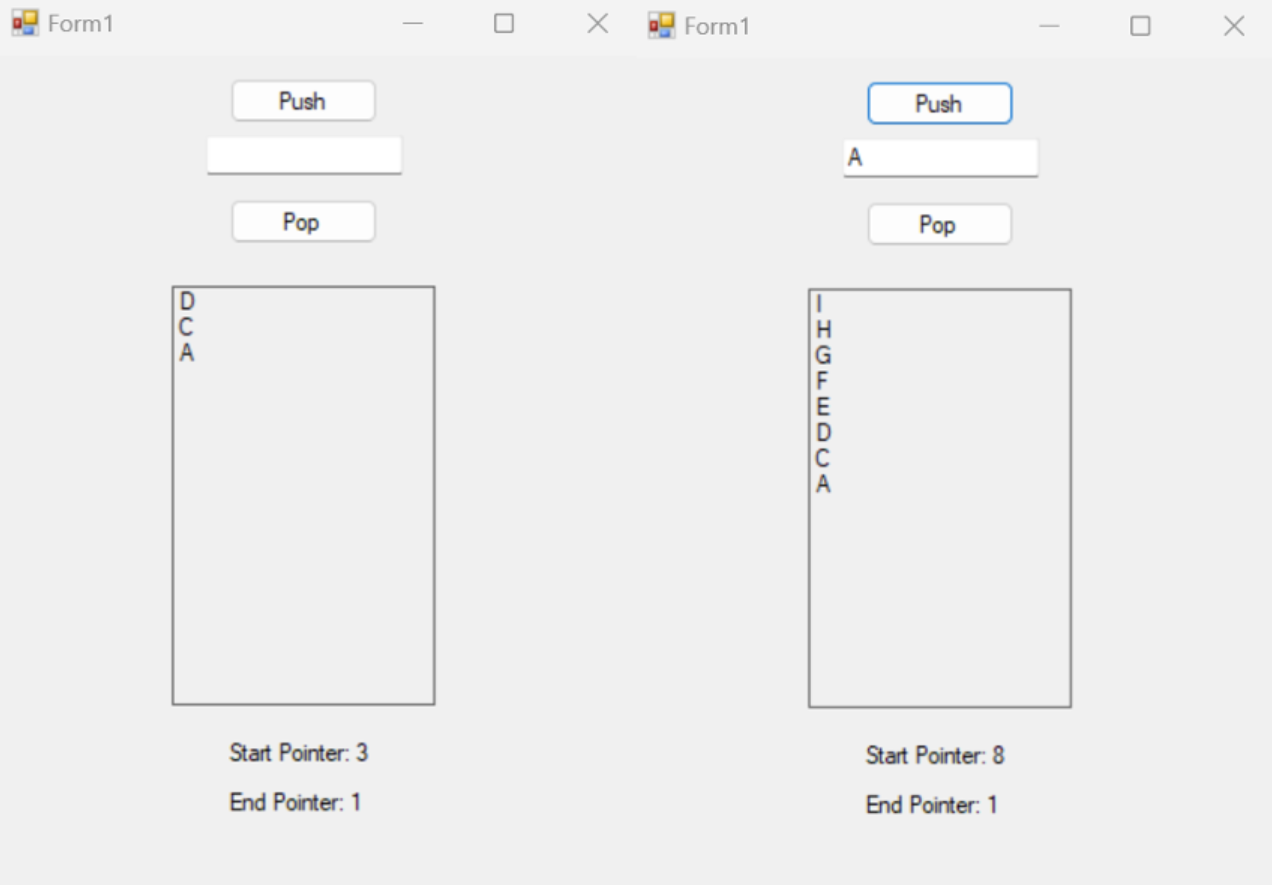
The visualisation of a circular queue, where the user can push and pop characters off the 'memory'. Could be representative of a restaurant's menu ordering system.

A small string manipulation project to ensure the text entered is 6-12 characters long, has lower and upper cases and contains numbers.

This program creates an array of nodes to act as a linked list in memory. Each node consists of its contents and pointer. Contains methods to add, delete and search through the linked list.

Some of my first file handling work at Bournemouth School. The user inputs a string and it outputs how many times, and on what lines, it is found in the book 'war of the worlds'.
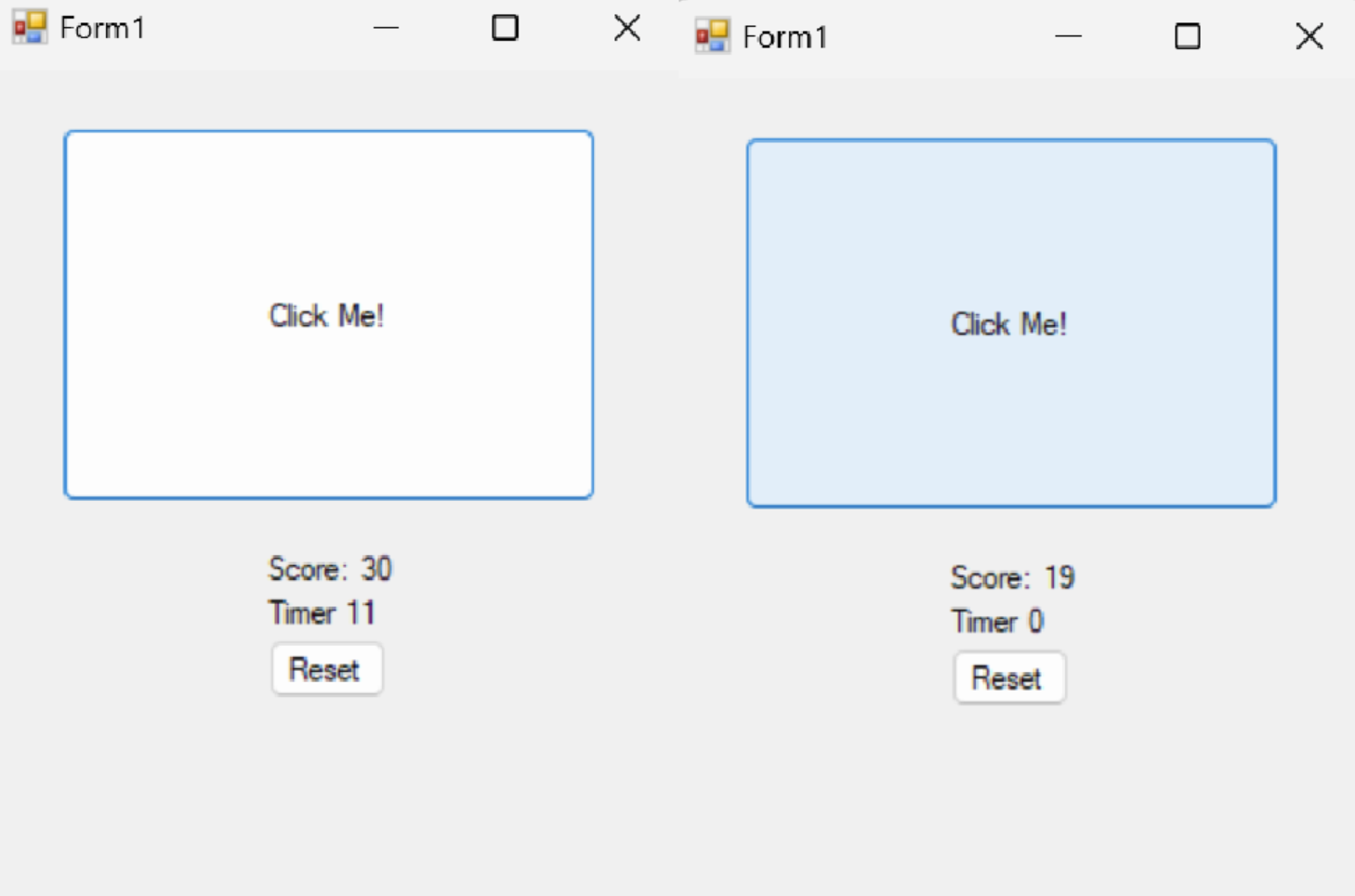
A short program whereby the user will attempt to click a button as much as possible within 50 deciseconds (5 seconds).










